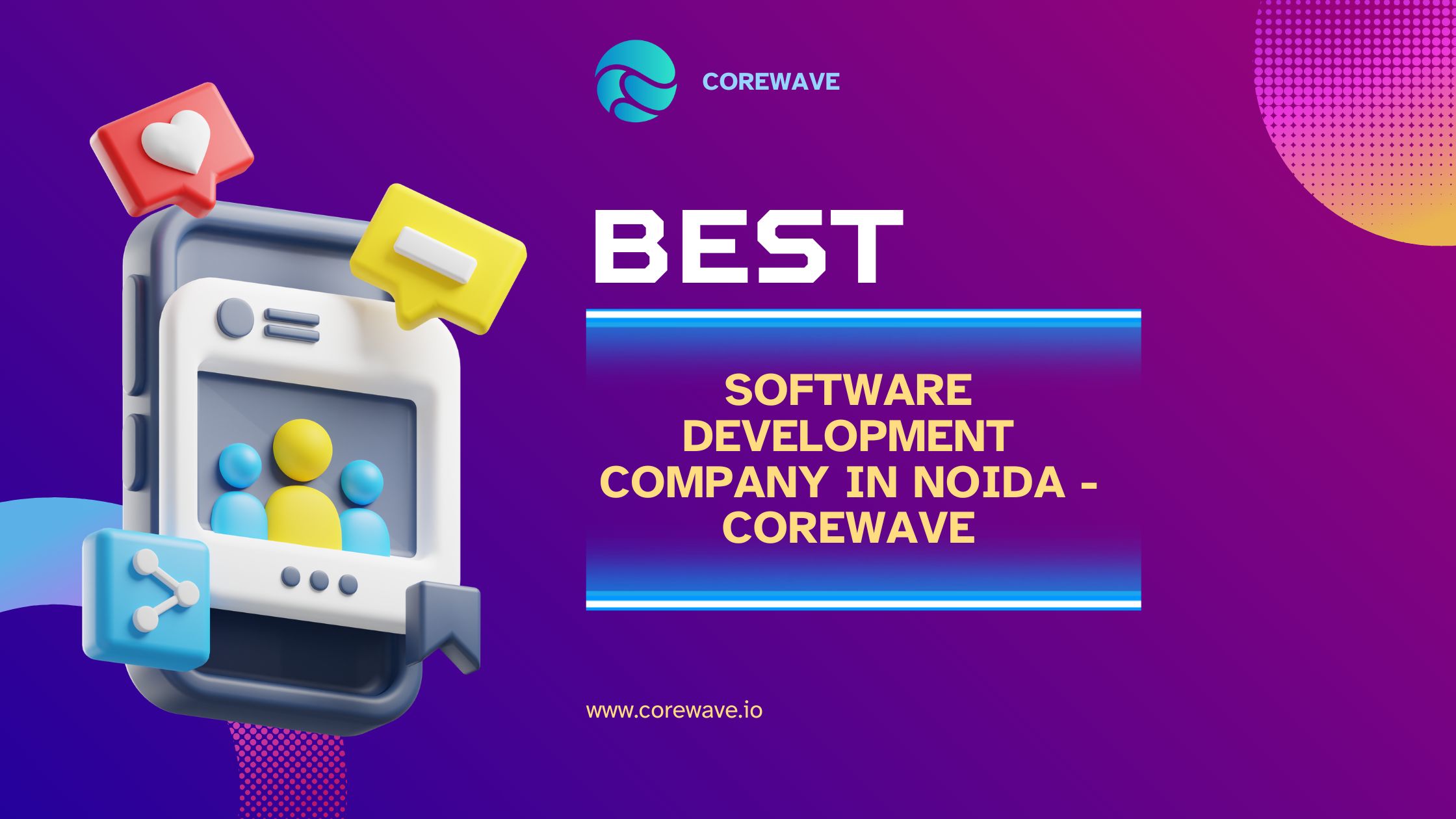Beginning a new business venture can be an exciting time, however, it can also bring with it a lot of unknowns and risks. One of the most effective ways to reduce these risks and improve the likelihood of success is to create a minimum viable product (minimum viable product) or MVP. This blog post will provide an overview of an MVP, why it is important for startups and how to construct one efficiently.
What is a Minimum Viable Product?
A Minimum Viable Product (MVP) is a condensed version of your product, consisting of only the essential features required to address a particular issue for your intended user base. It is not a prototype or beta version, but rather a functional product that offers real value to end-users. The primary objective of an MVP is the testing of your business concept with limited resources and the collection of valuable feedback for refining and refining your product.
Why Build a Minimum Viable Product?
A Minimum Viable Product (MVP) provides an opportunity to test assumptions and validate a business concept before committing to a full-scale product development. By releasing a base version of the product, users can provide feedback and make informed decisions regarding its future development.
By concentrating on the essential features of the product, an MVP can help to reduce development costs and expedite the launch of a startup. Additionally, this iterative approach eliminates the need to create superfluous features that may not be appreciated by the intended audience.
Investors are more inclined to invest in startups that demonstrate a successful concept and a proven pathway to profitability. Demonstrating traction and user involvement through an MVP increases the likelihood of obtaining funding for expansion and growth.
Why is an MVP Essential for Startups?
- Risk Mitigation: The startup landscape is characterized by a high degree of uncertainty, and the development of a feature-rich product without validation can result in substantial losses. An MVP enables you to validate your assumptions and mitigate the risk of creating a product that no one wants.
- Conservation of Resources: In the early stages of a startups life cycle, time, resources, and human resources are often limited. An MVP allows for a more efficient allocation of resources by prioritizing the most essential features.
- User-Centric Development: To build an MVP, it is necessary to focus on features that meet the needs of the users. This customer-centric approach enhances the chances of developing a product that meets the expectations of the intended audience.
- Iteration Improvement: The experience gained from your MVP allows you to make informed choices and continuously improve your product. This continuous improvement process can result in a more polished and ready-to-sell product.
Steps to Build an MVP:
- Define your target audience: Start by identifying your target audience and understanding their needs and pain points. This will allow you to prioritize and act in line with your potential customers.
- Identify Key Features: Identify key features that solve the core problem your product aims to solve. Focus on building these things first, as they will be the foundation of your MVP.
- Create a user-friendly interface: Create a simple and intuitive interface that allows users to easily navigate and interact with your product. Keep in mind that the goal of an MVP is to gather information, so usability should be a priority.
- Create a working prototype: Create a working prototype that illustrates the key features of your product. This may be a basic definition with limited applications, but it should be able to show a value proposition to potential users.
- Test and collect feedback: Release your MVP to a small group of initial adopters, and collect their feedback. This can be done through surveys, interviews, or user testing sessions. Keep an eye on their suggestions and pain points, as they will determine the future development of your product.
- Restate and reinforce: Based on feedback, revise your MVP and make necessary improvements. This iterative process allows you to refine your product and more closely match the needs of your target audience.
- Scale and Expand: Once your product is accepted and receives positive feedback, it’s time to scale and expand. Use the insights from your MVP to develop detailed product plans and plan for future improvements.
Conclusion
Developing an MVP is an essential part of the startup process. It enables entrepreneurs to test and validate their concepts, reduce costs and time, and gain investor interest. The following steps will help you to develop an MVP that accurately conveys the value proposition of your product and collects valuable user feedback. It is important to note that an MVP does not represent the final product, but rather a starting point on the path to success. Accept the iterative nature of the process, pay attention to your users needs and preferences, and continually improve your product.






